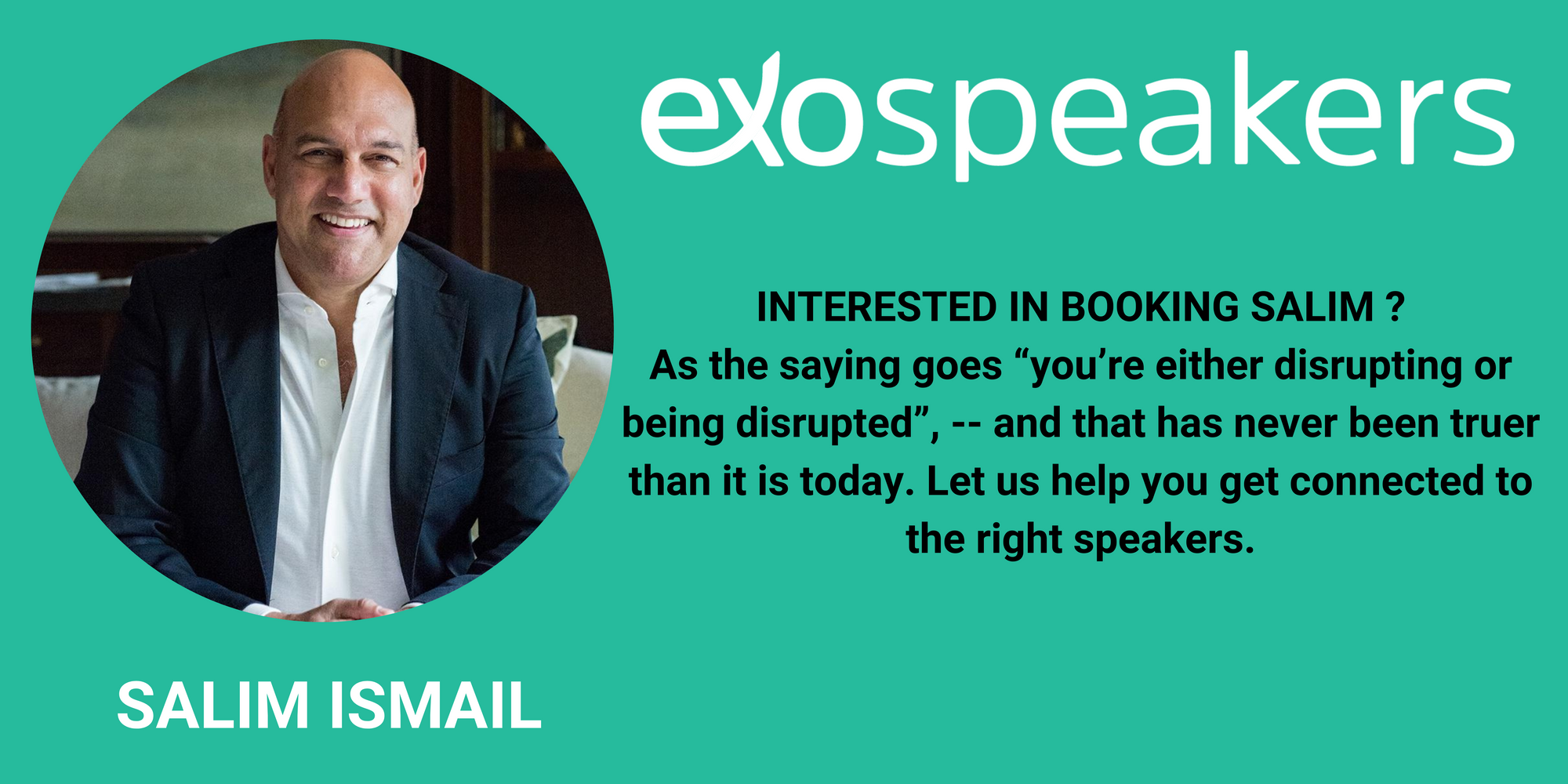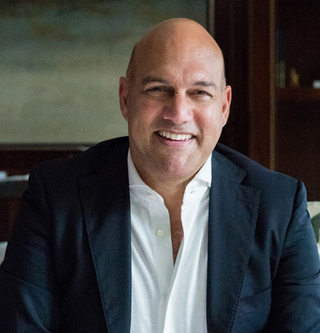
It’s Better for Big Companies to Buy Their Disruptive Competition Than to Fight Them
The failure to recognize disruptive competition is a recurring problem within big companies, which constitutes an existential problem given the pace of technological change and disruption today. The average lifespan of an S&P 500 company used to be 60 years, today it’s just 20.
Pepsi (Nasdaq: PEP) just scooped up SodaStream for $3.2 billion. This is an example of a growing strategic realization by big companies that it’s better to buy their disruptive competition outright instead of trying to fight them.
The failure to recognize disruptive competition is a recurring problem within big companies, which constitutes an existential problem given the pace of technological change and disruption today. The average lifespan of an S&P 500 company used to be 60 years, today it’s just 20. And, given the current pace of technological change, that number is soon likely to fall to 10.
Recognizing disruptive change within your industry is now a necessity. And failure to do so can mean your company’s life or death, regardless of its current size. Blockbuster Video famously had the opportunity to purchase Netflix (Nasdaq NFLX) outright for just $50 million. But its CEO, John Antioco, balked at the deal because Netflix was not profitable at the time.
Yahoo could have purchased Google for just $3 billion. They could also have purchased Facebook (Nasdaq: FB) for $1.1 billion. But Yahoo CEO, Terry Semel, decided to haggle over price on both occasions and lost the opportunity to own both companies. Likewise, Verizon turned down Apple’s iPhone, again haggling over price.
It was Facebook that appears to have started the “no haggling” strategy, perhaps by accident, with its acquisitions of both Instagram and WhatsApp. But the wisdom of this strategy soon became apparent.
The Facebook acquisitions of these two companies, while they seemed to be wildly overvalued at the time as neither company was profitable, took into account two very important considerations.
First, what would happen if they were bought by a competitor instead? Would that potentially negatively impact Facebook’s future business in a measurable way? Second, if they stayed independent would they eventually be able to obtain the resources they needed to mount a serious challenge to Facebook and perhaps even cut into their business or topple them altogether?
Facebook management apparently determined that the answers to these two questions were “yes” and dispensed with haggling over price and bought both companies outright for what seemed like wildly exorbitant prices at the time.
Facebook later veered from this strategy when it tried to pressure Snapchat into selling out to them for $3 billion, falling into the price haggling trap, by threatening to introduce a similar service from within Facebook. But this strategy failed, as did the competing Facebook service, and Snapchat went on to even higher valuations.
Facebook also seems to be faltering when it comes to a key post-acquisition strategy which is to leave the acquired company alone and let them operate independently to achieve their mission. The role of the acquirer is to simply provide the resources necessary to the acquired company to achieve its goals. This is a KEY requirement.
This parent company interference has led to problems with WhatsApp that could have been avoided.
Another potential post-acquisition problem is trying to force the disruptive company to twist itself to meet the goals of its new parent or partner.
This is part of the recent problem with Facebook and WhatsApp but also happened when Coca-Cola took a major stake in Keurig (NYSE: KDP) and then tried to leverage that investment through a joint venture to try and develop an at-home soda making machine called “Keurig Cold” to compete with Sodastream. But this attempt to fit Keurig’s “square peg” into Coke’s “round hole” failed after just 9 months. And Coca-Cola’s bureaucracy prevented Keurig from being able to react quickly enough to make alterations to the product in a rapidly changing market.
Keurig was later purchased outright by German Food and Beverage conglomerate, JAB Holdings, who have so far pursued the correct strategy of allowing Keurig management to fulfill their own goals in their own way and stayed out of their way.
Keurig is now trying another joint venture with Anheuser-Busch InBev (NYSE: BUD), the Belgian beer giant, based on their old “Keurig Cold” technology to produce an in-home alcohol drink system that will produce beer, spirits, cocktails, and mixers. We’ll have to wait and see if this joint venture with an industry giant is more successful than the last one with Coca-Cola and if previous mistakes are avoided.
The question now for Pepsi, after their SodaStream acquisition, is will they have the management discipline to leave SodaStream management alone to pursue their own goals and not try and force them to merge with Pepsi’s culture and goals?
They got the first step right. Now we’ll have to see if they can get the post-acquisition strategy right too.
If so, then this could turn out to be a game-changing acquisition for Pepsi.
This article was originally posted on Medium on Aug 29, 2018

ExO Insight Newsletter
Join the newsletter to receive the latest updates in your inbox.









